#fireworms
Note
I love your young wizards books! There’s an article in the NYTs about “plumes of steam” floating up from the belly of Manhattan and thanks to YW, I know it’s just dragons. ❤️
Thank you!
...And yeah, dragons, absolutely. :) (...Well, these guys, anyway.)
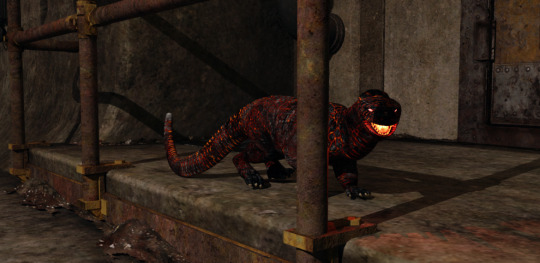
Via the Errantry Concordance: the Fireworm (Lanthanodrax speleotraxis)1
(Also the occasionally occuring “sport” or hypotrophic subspecies, L. speleotraxis ignigastris.) The colloquial name is identical with that used for the marine bristleworm Hermodice carunculata, but the two species otherwise have nothing to do with one another.
The wizardly fireworm is a serious competitor for the title of “North American fauna species that has had its evolution most seriously interfered with by wizardry.”
The original species — just another small reptile, to start with, a member of the suborder Lacertilla and a distant relative of the geckos — was repeatedly mutated by the wizards caught up in the events surrounding the final fate of Afallonë. The most comprehensive change to their structure happened as a side effect of the great aphthonic intervention, the wizardry intended to save as much as possible of the unique Atlantean flora and fauna from the impending destruction of the First Continent. The rafting wizardry which was meant to simply transport a number of species to the newer continents went wrong during the final crisis in many important ways, and rampant wizardry leakage contaminated and disrupted the genetic structures of many of the creatures involved. The fireworm, already susceptible to such disruption because of previous genetic manipulation, suffered far more of it during the transport to the early versions of North America and Europe than any other creature involved in the ancient rafting project.
In Europe and Asia, the fireworm had fewer natural enemies, and grew and changed in ways which would otherwise have been impossible. Further mutations due to the accumulation of wizardly overlays in the more populated parts of Europe led to the rise of the offshoot species Draco, the “true dragons” which became famous in Europe’s medieval period for being killed by knights. (It should be made clear that most of these casualties were members of the species Draco ectenis, the lindworm or wingless dragon, an omnivore by habit and cave-dweller by preference. Even the most heavily armored knights had a terrible batting average against Draco draco europaeis, the cliff-dwelling, strictly carnivorous winged dragon, which regarded knights merely as a somewhat-seasonal comestible delicacy with a crunchy outside and a yummy inside.)
But in North America, where many “rafted” species with wizardly components survived for the next few millennia after the fall of Atlantis, the fireworm kept for some time its original Atlantean form — that of a small carnivorous reptile with a tendency to burp flammable gas as a defense mechanism when frightened or upset. (No carbon-based dragon, true or false, breathes fire: but even the smallest ones can ignite it on exhalation in one of a number of ways, usually involving chemical or enzymatic reactions.)
However, unfortunately for the fireworm, its main Atlantean natural enemy the “king-weasel” (Macrogulo gulo, long extinct and survived only by its far less assertive “family” relative Gulo gulo, the wolverine) succeeded in establishing itself in North America as it had not been able to do in Europe because of the presence of the great crested cockatrice (Cerastus baseliensis) or northern cockatrice (Cerastus scotodasos). The king-weasel nearly succeeded in exterminating the fireworm. Only the smallest members of the family survived by changing their normal above-ground habitats for an underground lifestyle into which the king-weasels would not follow them.
After some millennia spent living and rebuilding their gene pools in the natural caves of the East, the fireworms moved into the manufactured caves and underground spaces of the great East Coast and Midwest cities. (No fireworm species live west of the Rockies. Possibly due to uncomfortable genetic memories secondary to the fall of Afallonë, they will not stay in earthquake-active zones.) Regardless of what ConEd tells you, fireworms are the proximate cause of the steam New Yorkers see coming up from under the streets in all weathers — the more steam, the larger the fireworm.
They are some of the most exothermic of all Earth-based life forms, when well-fed, and the very biggest ones can prosper down in the tunnels in even the coldest weather. When exposed to further wizardry leakage, as sometimes happens in the neighborhood of worldgate complexes, the oldest and most experienced fireworms can over time acquire some telepathic and empathic abilities.2 This enables them to force the smaller fireworms, and even members of some other species, to do their will — shepherding food into their ambit, or otherwise serving their needs. For this reason, smart wizards stay out of places where the older and larger fireworms can be found, unless the needs of errantry drive them there.
Fireworms are also the ultimate source of all the stories about “alligators in the sewers.” There is a certain ironic humor to this, as wizards know there wouldn’t be nearly so many stories if the things in the sewers were only alligators.
(See also: Eldest, the: Twelve, Song of the.) (SYWTBAW)
1The taxonomy of the western European fireworm is somewhat confused. The Bestiarium Ignotum classified the fireworm as Lanthanotrops micrognotus, but this did not take into account the internal differences between the Lanthanotrops and Lanthanodrax families — possibly understandable, since Linnaeus was unable to find a dead specimen to dissect, and trapping a live one was at that point out of the question. The Acta Parabiologica‘s revised classification group places the fireworm among the various members of family Hemerothalcus, with the “true dragons” of the Draco species.
2 Because of the already-fragile state of their DNA, such exposure over prolonged periods can also result in memory loss and other neurological problems, as seems to have been the case with the Eldest in SYWTBAW.
#Young Wizards meta#fireworms#Lanthanodrax speleotraxis#Young Wizards#So You Want To be A Wizard#unnatural history
98 notes
·
View notes
Text
So…..
I drew this few months ago…. Should I redraw it?

What do you think?
#httyd movie#httyd#toothless#movie hiccup#hiccup#hiccup horrendous haddock iii#night fury#fireworms#idk what to draw anymore 😭😭
18 notes
·
View notes
Text
Fixed tags:
#fireworms is now the new tag for the species in the franchise.
#fireworm remains as the tag for the character Fireworm from the books, but posts containing the franchise species have now been removed from the tag.
#blog#delete later#tagging system#fireworm#fireworms#I love fireworm actually. I love that as a name for a monstrous nightmare.#she’s so beautiful.
2 notes
·
View notes
Text
naughty dragons go in the Lamp
13 notes
·
View notes
Note
A fireworm or even the fireworm queen would be awesome :D

I really like that you guys asked for Fireworms AND a Fireworm Queen because it means I got to draw both <3 I had a lot of fun with making them glow :]
Dragon #78 - Fireworm and Fireworm Queen

I've never draw so many feet at once, but it was an interesting challenge to figure out the posing for them
#httyd#how to train your dragon#httyd fanart#httyd fireworm queen#dragon 078#asks#dragon request#thank you for the request! <3
233 notes
·
View notes
Text
Happy birthday, Hiccup Horrendous Haddock the Third, the Hope and Heir to the Tribe of the Hairy Hooligans!
Some people may already know of my plans, but for this wonderous day I bring an announcement.
I will be working on a comic adaptation of the How to Train Your Dragon book series!
So far, I've made next to no progress, but I do bring a small collection of character references I'm creating to help keep my art consistent!
Progress will be slow, of course, since this is me we're talking about, but I promise it's gonna be really cool :D



#how to train your dragon books#how to train your dragon#httyd#httyd comic adaptation#httyd books#hiccup horrendous haddock iii#snotface snotlout#snotlout#fishlegs#fishlegs no name#toothless#httyd toothless#toothless httyd#horrorcow#fireworm#hiccup httyd#trashmann treasure
171 notes
·
View notes
Text
I can't stop thinking about Star Wars characters with HTTYD dragons, so I drew Cody with some Fireworms!

#It's like the only thing I can think about#remnant art#digital art#my art#art#star wars#httyd#commander cody#httyd fireworms#how to train your dragon#star wars & httyd#star wars art#star wars fanart#httyd art#httyd fanart#clone wars
154 notes
·
View notes
Text
Random HTTYD Headcanon

After the multiple experiences Snotlout has had with baby dragons (mostly the fireworms) he has become an excellent babysitter, so long as the children can’t run away from him.
#httyd#how to train your dragon#rtte#httyd rtte#race to the edge#snotlout jorgenson#httyd snotlout#fireworm dragons#baby dragons#headcanon#httyd headcanon
322 notes
·
View notes
Text

the visceral reaction they give me is surreal
#even as a child. I loved them#the fireworm queen episode? ough#httyd#httyd hookfang#hookfang#httyd snotlout#snotlout jorgenson#meme
321 notes
·
View notes
Photo


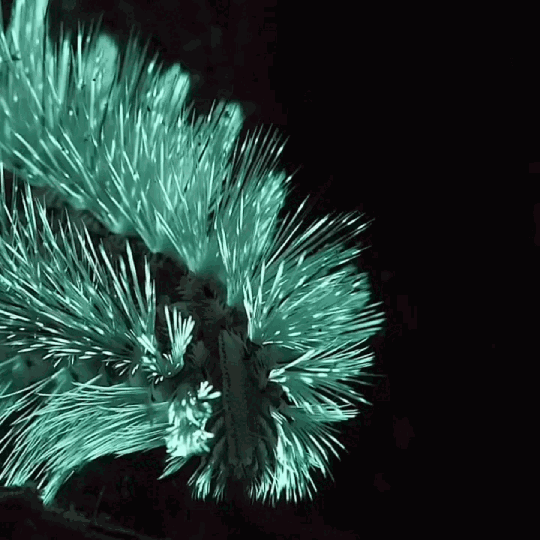
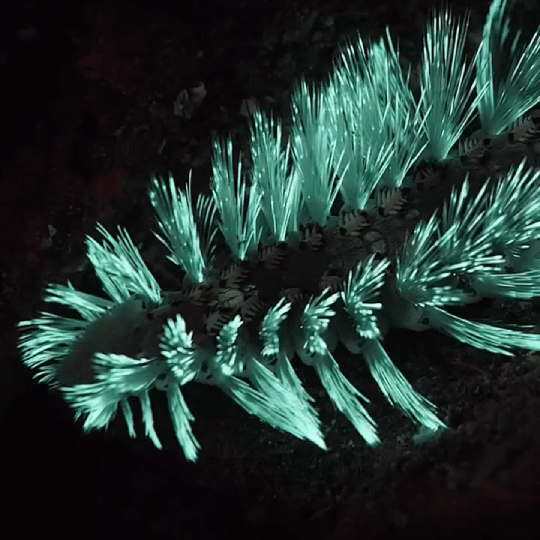
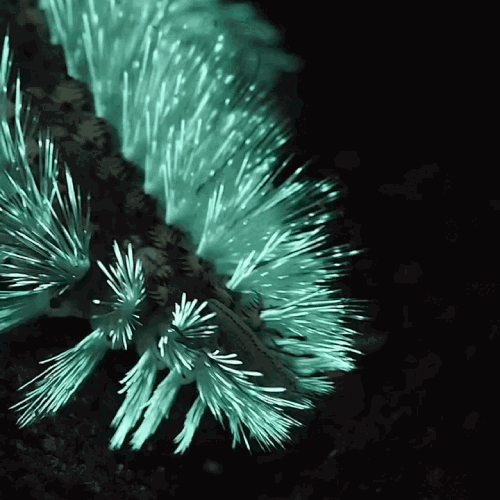


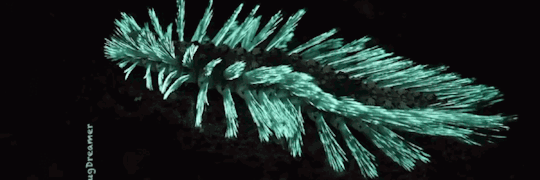
GLOWING FIREWORM source
#stim#fireworm#underwater#bugs#actually not an insect. not a bug. its a sea creature. but. yknow#black#teal#glow#glow in the dark#fur#bristles#blue#cyan#myposts#mygifs
334 notes
·
View notes
Text
Thinking about Race to Fireworm Island when Snotlout is like ‘I don’t care,,, but just out of curiosity like what does caring feel like anyway?’
Like?? You poor emotionally constipated boy pull yourself together
#i just love him#what kind of question is that#snotlout snotlout oi oi oi#race to fireworm island#snotlout jorgenson#snotlout#how to train your dragon#riders of berk#defenders of berk#httyd#rob#dob#rosie's httyd brainrot
238 notes
·
View notes
Text
Taxonomy Tournament: Annelids

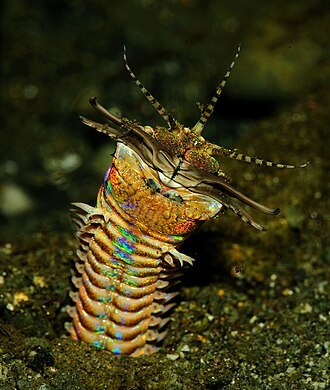
Amphinomida. This order is made up of marine polychaete worms, such as the bearded fireworm
Eunicida. This order of benthic marine worms includes the Bobbit Worm aka the sand-striker
#animals#biology#polls#poll tournament#zoology#bearded fireworms#worms#annelids#spiralia#bobbit worms#Amphinomida#Eunicida#0x1v0x7e
74 notes
·
View notes
Text
alright lets reclaim wormblr for the worms. here's a beautiful marine polychaete, the bearded fireworm, which is covered in painful stinging bristles. polychaetes are a type of annelid (segmented) worm, the same broad group that contains your typical earthworms (along with leeches and those weird deep-sea vent tubeworms and a bunch of other stuff)

(x)

(x)
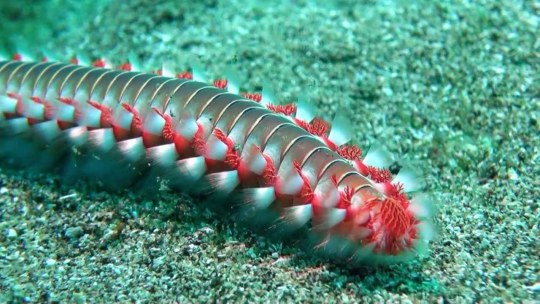
(x)
that last link is a video - you can really see the way it uses its parapodia for locomotion, moving almost like a centipede. gorgeous creature
#wormblr#worms#polychaete#bearded fireworm#i hope this is all accurate info! couldnt find a ton on the bearded fireworm specifically... the wiki article is really lacking in citation
134 notes
·
View notes
Text
More dragons that stood out to me in my childhood.
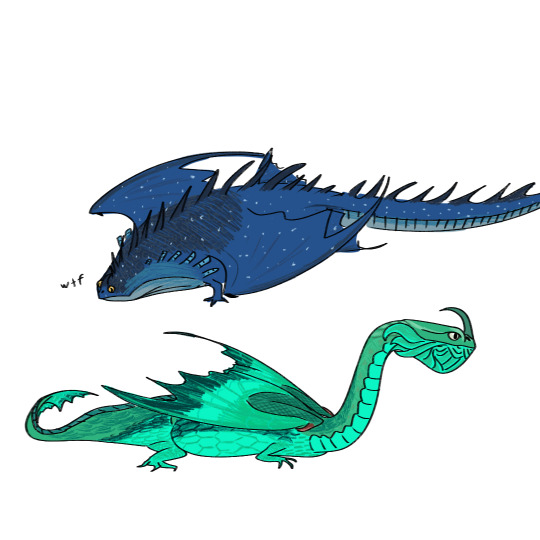


#thunderdrum#scauldron#fireworm#death song#how to train your dragon#httyd#digital doodle#digital doodles
124 notes
·
View notes
Photo
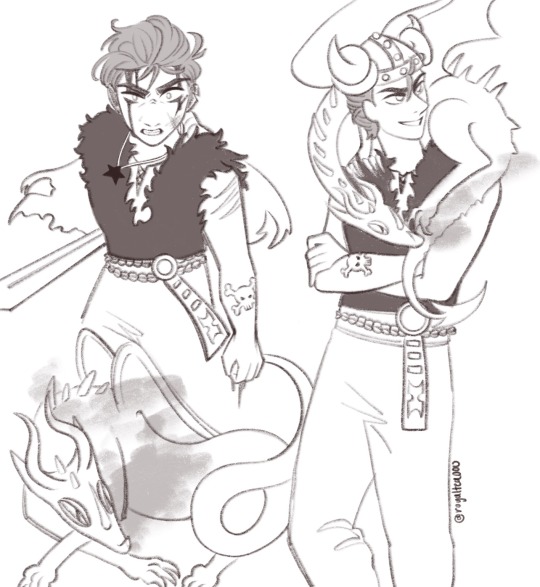
Sloppy snotface snotlout sketch o(-(
#httyd books#httyd fanart#httyd#im just blowin off steam in the student lounge rn lol#snotface snotlout#how to train your dragon#snotlout jorgenson#is his nose big enough yet#ill draw a better quality version of him soon I swear or2#fireworm#has even less effort put into her lol#would be better if her name was spelled firewrym#s’cooler#digital art#my art#very weird that he’s not a brunette in my head#what tf do you mean he’s a ginger and has a blonde mustache growin???#he’s so bright…
297 notes
·
View notes
Text
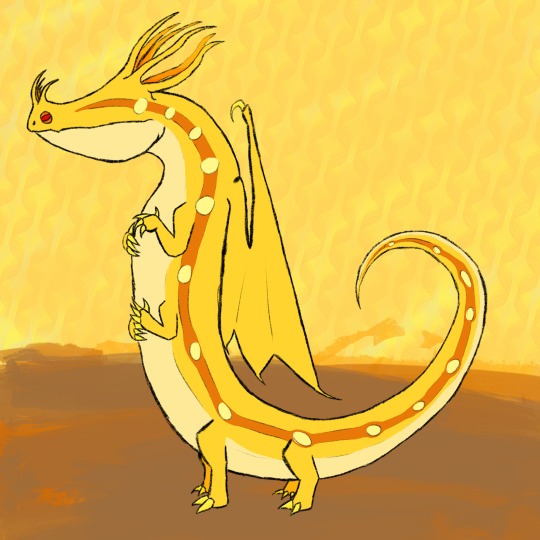
Day 79- Fireworm
#day 79#march#httyd#fireworm#art#dragon#dragon a day#daily dragon#illustration#how to train your dragon
51 notes
·
View notes